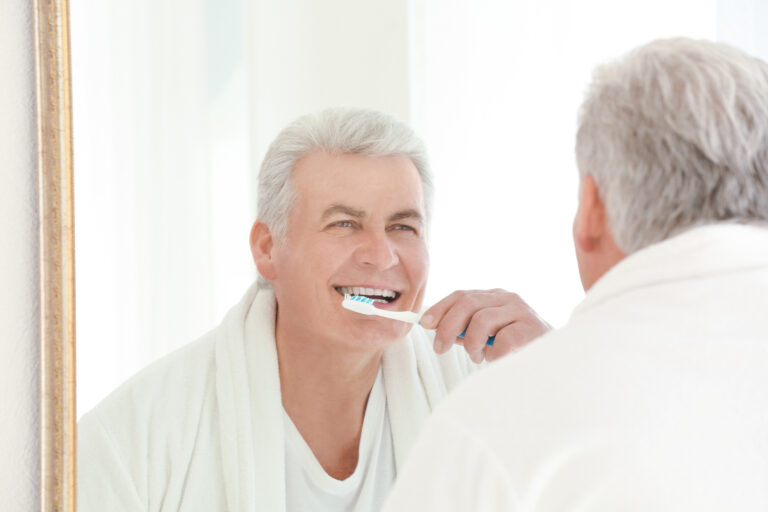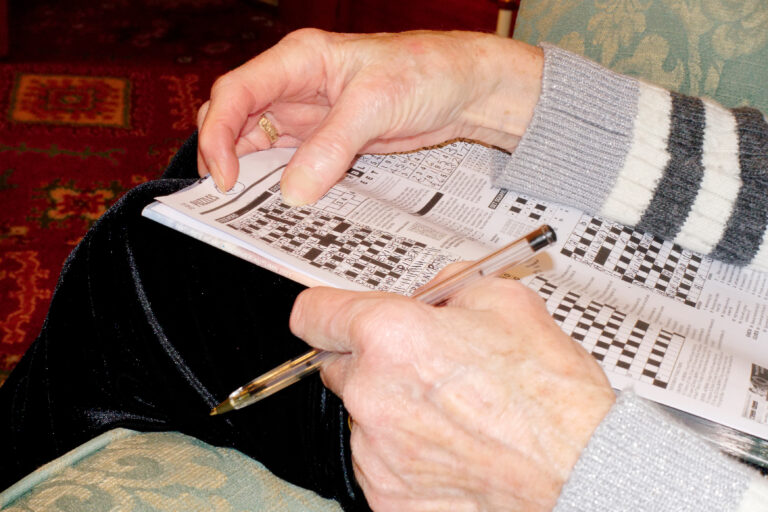When we think about what makes someone look older than they are, we often consider physical changes like wrinkles, grey hair, and weight gain. However, there are other factors that can instantly age a person in the eyes of others, and these are often tied to societal assumptions and biases.
One of the most significant assumptions is related to appearance. People who are perceived as less attractive or less well-groomed may be seen as older or less capable. This is part of a broader issue known as lookism, where judgments are made based on physical appearance rather than other qualities. For instance, someone who dresses in a style that is considered outdated or doesn’t fit current beauty standards might be perceived as older.
Another assumption that can age someone is related to ageism in various fields. In the art world, for example, there’s a common belief that younger artists are more innovative or energetic. This can lead to older artists being seen as less relevant or less capable of producing new and exciting work. However, this bias is not universal and can be overcome by focusing on quality and professionalism.
Additionally, lifestyle choices can also influence how old someone appears. For example, someone who is physically active and takes care of their health might look younger than someone who doesn’t, regardless of their actual age. This is because physical activity and good health can delay some of the physical changes associated with aging, such as weight gain and muscle loss.
Lastly, societal expectations about age and appearance can be deeply ingrained. People are often expected to look a certain way at different stages of their lives. For instance, someone in their 50s might be expected to have grey hair or wrinkles, and if they don’t, they might be seen as younger than they are. Conversely, someone who looks older than their peers might be perceived as less youthful or less vibrant.
Overall, the way we perceive age is influenced by a complex mix of physical appearance, societal biases, and personal choices. By understanding these factors, we can better navigate the assumptions that others make about us based on how old we look.





